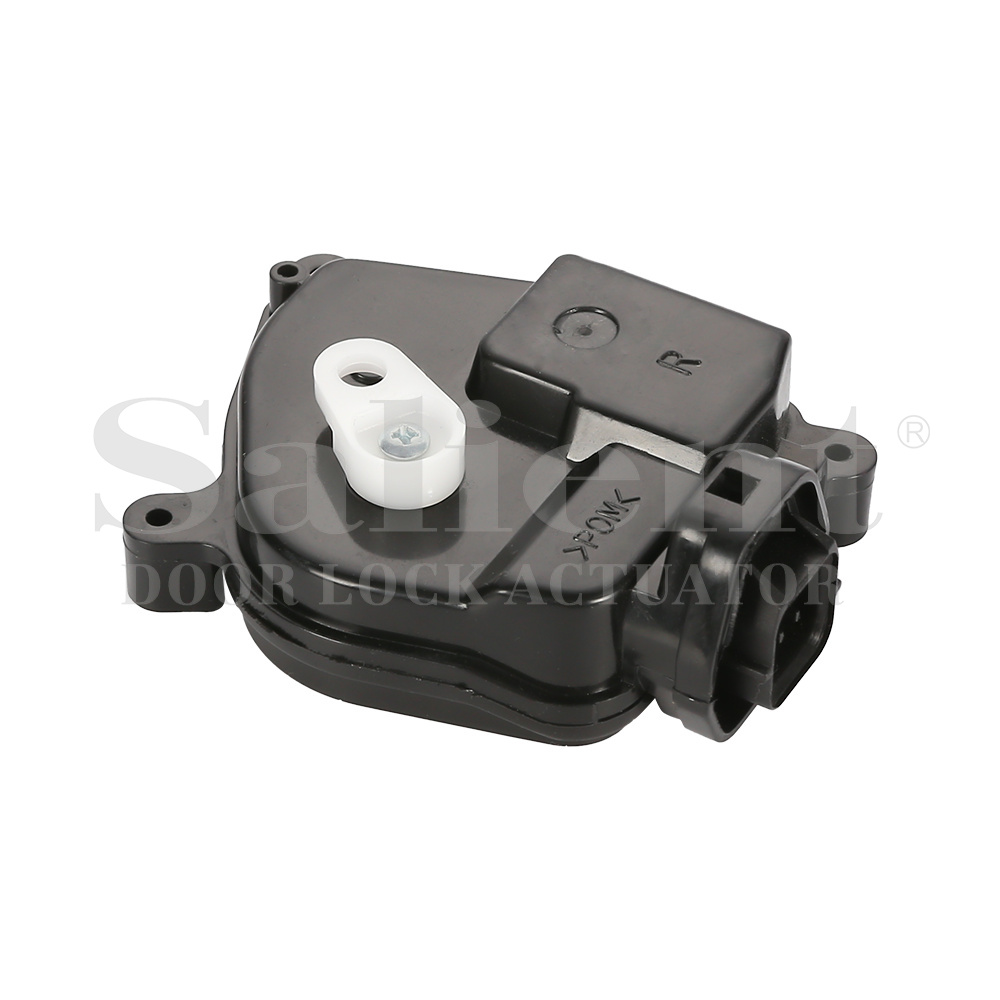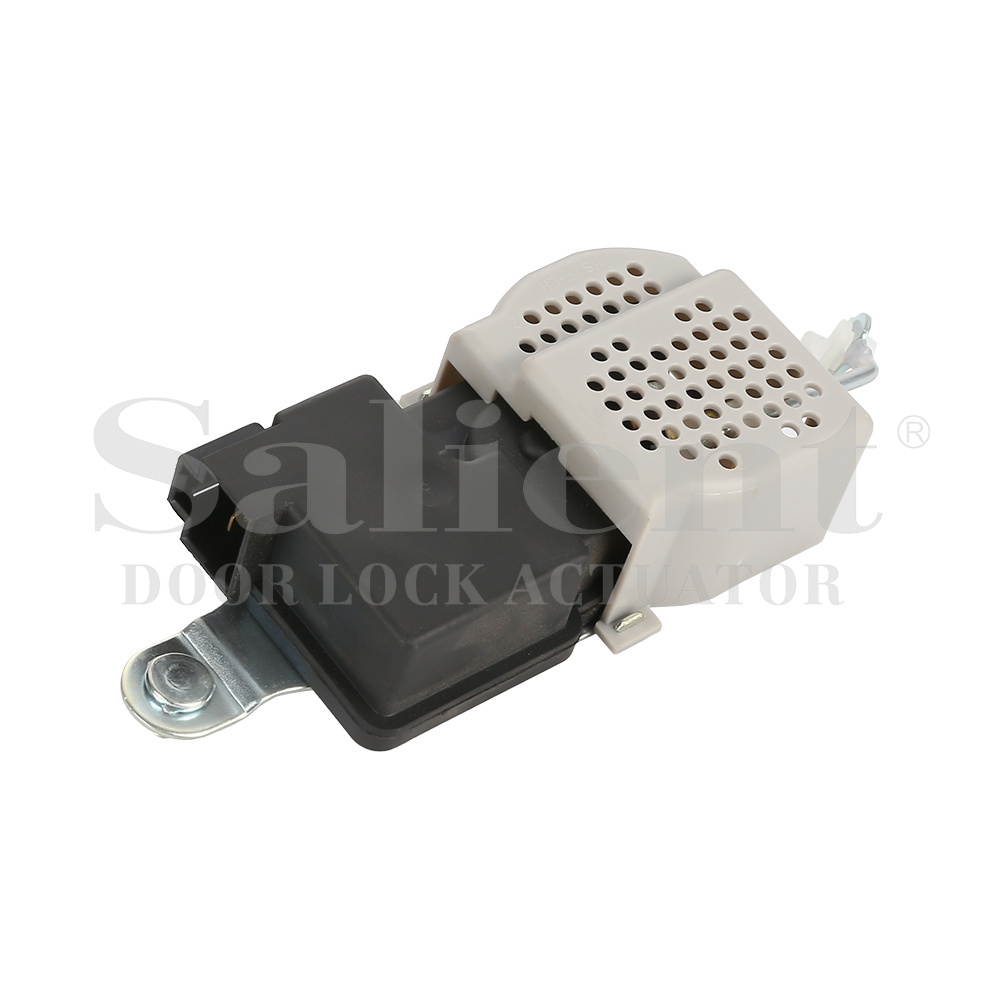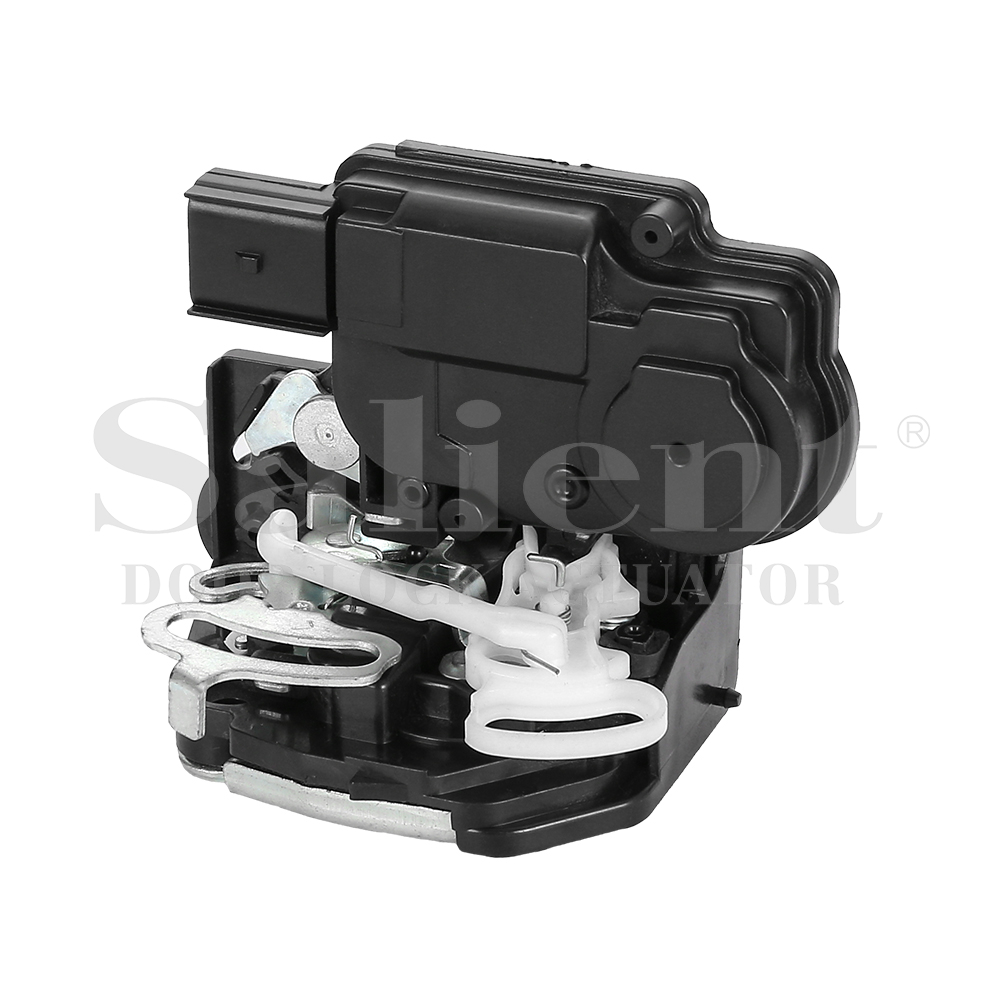The car combination switch is a crucial component of the vehicle's control system, integrating multiple functions into a single, easily accessible unit. Positioned typically around the steering column, this multifunctional switch allows drivers to control various systems such as turn signals, headlights, wipers, and sometimes even cruise control. This article explores the design, functionality, and importance of the car combination switch, demonstrating how it contributes to driving safety and convenience.
A car combination switch, also known as a multifunction switch, is an assembly that consolidates several control switches into one unit. It is commonly mounted on the steering column, either as a lever or a set of levers, allowing the driver to operate different vehicle functions without taking their hands off the steering wheel. This integration is key to minimizing driver distraction and enhancing road safety.

One of the primary functions of the combination switch is controlling the vehicle's turn signals. By moving the lever up or down, the driver can activate the left or right turn signals, alerting other road users of their intended direction. This is a fundamental safety feature, especially when changing lanes or making turns.
The combination switch often includes controls for the vehicle's headlights. This can involve switching between different lighting modes such as parking lights, low beams, and high beams. The ability to quickly toggle high beams on and off is essential for safe driving in low-visibility conditions or on poorly lit roads.
Another essential function integrated into the combination switch is the operation of the windshield wipers and washers. Drivers can adjust the wiper speed (low, medium, high) and activate the windshield washer fluid with a simple movement of the lever. This ensures clear visibility during adverse weather conditions such as rain, snow, or dust.
In some vehicles, the hazard light control is part of the combination switch. Activating the hazard lights alerts other drivers to a potential issue, such as a breakdown or an emergency stop, enhancing safety on the road.
In more advanced vehicles, the combination switch may also include controls for cruise control, enabling the driver to set and maintain a constant speed without using the accelerator. Some models may incorporate other features like headlight washers, rear window wipers, or even audio system controls, depending on the vehicle's complexity.
By centralizing multiple controls into one accessible unit, the car combination switch improves the ergonomics of the vehicle. It allows drivers to operate key functions without moving their hands far from the steering wheel, promoting a more intuitive and comfortable driving experience.
The car combination switch plays a vital role in enhancing driving safety. With easy access to turn signals, headlights, and wipers, drivers can quickly respond to changing road conditions and communicate their intentions to other road users. This reduces the risk of accidents and ensures a safer driving environment.
The integration of multiple controls into a single switch minimizes the need for drivers to search for individual buttons or levers while driving. This reduces distractions and helps maintain focus on the road, which is crucial for preventing accidents and improving overall road safety.
By combining several functions into one switch, manufacturers can save space on the dashboard and steering column. This contributes to a cleaner, more streamlined interior design, making the vehicle's cabin more aesthetically pleasing and less cluttered.
Like any other vehicle component, the car combination switch can experience wear and tear over time. Common issues include:
The combination switch relies on electrical connections to function. Over time, these connections may degrade, leading to intermittent or complete failure of certain functions, such as non-responsive turn signals or malfunctioning wipers.
Frequent use of the switch can lead to mechanical wear, causing the lever to become loose or difficult to operate. This can affect the switch's ability to stay in the desired position, such as failing to hold the turn signal in place.
If a combination switch becomes faulty, it may need to be repaired or replaced. This process involves accessing the steering column and disconnecting the old switch, which can be complex depending on the vehicle's design. It's advisable to have such repairs performed by a professional to ensure proper installation and functionality.
Modern vehicles are increasingly incorporating advanced electronics and automation, leading to the evolution of the car combination switch. In some high-end models, traditional switches are being replaced by touch-sensitive controls, voice commands, or even steering wheel-mounted buttons. These advancements aim to further enhance driver convenience and safety by offering more intuitive and responsive control systems.
The car combination switch is an integral part of the vehicle's control system, providing drivers with convenient access to essential functions such as turn signals, headlights, and windshield wipers. Its ergonomic design and multifunctional capabilities enhance driving safety and comfort, making it a critical component in modern vehicles. As automotive technology continues to evolve, the combination switch will likely see further innovations, offering even greater convenience and integration for drivers.


 English
English Español
Español

.jpg)


-1.jpg)
-1.jpg)

.jpg)
.jpg)
-1.jpg)
.jpg)
.jpg)

